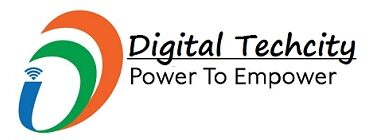If you are looking for a virtual data room (VDR), you have a wide variety to choose from. Available VDRs in the marketplace differ in price, quality, ease of use, customer support, and other important features. Before settling on a provider, you need to evaluate the options available and how they fit in with your needs. You need to choose a provider who not only provides the features you are looking for but is also easy to work with. To understand what to expect in the marketplace, here are the main types of data rooms available.
Traditional Virtual Data Room Providers
Traditional data room providers have been providing data room services for many years and have a long history in the mergers and acquisition (M&A) space. Their reputation lies in the provision of secure and feature-heavy VDRs. They allow huge data uploads and storage, but their pricing is usually higher compared to other providers.
Data room providers that fall under this category were originally designed for M&A transactions. Since the due diligence process involves voluminous data sharing, traditional VDR providers focus on necessitating the transfer of many documents at a time. However, their pricing model reflects the historical per page upload fees, per user charges, and more. This makes them more expensive and cumbersome to use for many modern organizations.
Modern Virtual Data Room Providers
Modern virtual data rooms are based on technology that has emerged within the last 10 to 15 years. They were created for the purpose of making the sharing of documents faster, easier, and relatively inexpensive. Their focus on data security is enhanced by incorporating sophisticated measures such as data encryption at transit and on storage, discrete data room access, multi-level authentication procedures, and revocation procedures.
The prices of modern VDRs vary from one provider to the other, but they are generally cheaper than traditional data room providers are. The features embedded in a VDR and the ability to expedite the deal making process determine these prices. Although they may seem the same, modern VDRs differ greatly and require a detailed review before choosing a provider to work with. Some come with advanced features such as watermarking, blind view, and disabled printing.
File-Sharing Services and Collaboration Tools
An alternative to virtual data rooms is file-sharing services and collaboration tools. The most common ones include Google Docs, Box, and Dropbox. While they offer services that are superficially similar to VDRs, these tools are different and limited in functionality. These tools allow users to share files and collaborate on a file or document. However, they lack the features of VDR that facilitate financial transactions and the safeguarding of confidential and sensitive documents. They also generally have file storage limits and are much more easily accessible by hackers and other nefarious hackers such as corporate spies and thieves.
When it comes to choosing the right VDR solution for your organization, you need to consider the purpose, features needed, and your budget. The ideal solution is the modern VDRs since they have all the features your modern business will likely need. Of course, it is important to compare different providers before settling for one to see what else is available in the market.

